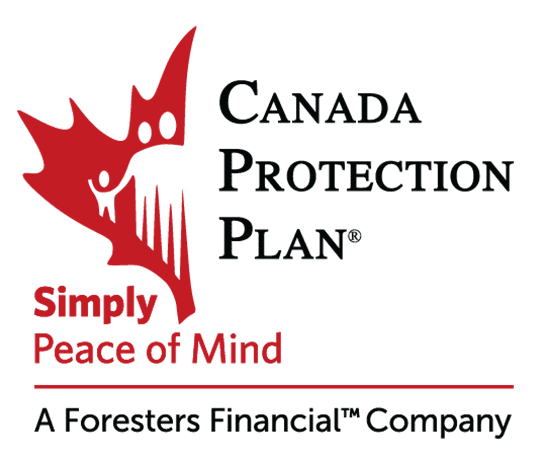
Photo by Kelly Sikkema on Unsplash
By Bruce Sellery | MoneySense
Dario and Brianna estimate they’ll have $10,000 a year to put towards retirement savings, their child’s education or paying down their mortgage. What should they do?
Q. My wife Brianna, who’s 30, is a teacher. I’m 35, and work for the government. We have just completed building a new home and are expecting our first baby. While things will be tight with her going on maternity leave, we will have about $10,000 annually to invest for the next few years. What should be our order of priority for investing: RRSP, TFSA, RESP, or paying down our mortgage? We both have defined benefit pension plans.
–Dario
A. Dario, I’m very impressed that you’re able to put aside some money to save given everything on your plate right now. Good for you. Just please tell me you have some bad habits too. Vaping? Caramel Balsamic Swirl Ice Cream? Cheating on Marie Kondo? All kidding aside, my recommendations on how to allocate that money are pretty simple: RESP*, then TFSA*.
The first $2,500 should go to your child’s Registered Education Savings Plan. You already have your basic retirement income covered off with your pension plans, so your next priority should be to take advantage of the 20% grant the government provides to RESP holders. Where else can you get a guaranteed 20% return? It is unbeatable. Choose a self-directed plan, and weight the investments towards equities, given the higher return potential and the fact that you have about 18 years before you’ll need to access the money. That time affords you the ability to weather some storms.
The remaining $7,500 should go into a tax-free savings account (TFSA). You could leave a portion of that money in cash, to act as an emergency fund, and invest the remainder. To determine how much risk you’re willing to take, consider when you might want to access the money. If it is for a new car in three years, perhaps a GIC (or cash) is best. But, on the opposite end of the spectrum, if you’re confident that you are saving the money for your retirement, invest it in a low-cost, broadly diversified mutual fund or exchange-traded fund.
I don’t recommend you put the money into your RRSP*. As you’ve mentioned, you both have defined benefit pension plans. That means your income won’t drop much in retirement, so the tax deferral of the RRSP doesn’t help you. (You’ll pay about as much tax in retirement as you would now.) You’re better to invest after-tax dollars in a TFSA* and enjoy the tax-free growth, and the simplicity of avoiding minimum withdrawals from your retirement savings, which must be converted to a registered retirement income fund (RRIF) by the time you turn 71. Those required withdrawals could tip you into higher tax brackets.
I also don’t recommend using your expected $10,000 a year to pay down your mortgage principal (your lender may refer to this as a “prepayment”). The reason is that, from a math standpoint, you’ll get a better return putting the money into the equity market than you will by avoiding the mortgage interest expense, given the crazy low-interest rates we’re seeing. Who knows what will actually happen, but based on history, the stock market will rise 5% to 7% over the long term, higher than the 3% to 4% in interest you’re paying on your house.
One last tip: Be prepared for the unexpected. At this point, you’re planning to put that money into investments. But you might be faced with an unexpected housing repair, more spending to raise your child, or a sudden and deep urge to blow some of it on a wild weekend in Las Vegas. Rumour has it that Drake will be taking up residency there. And Paula Abdul. And maybe even Britney (!). How great would THAT be?
By Bruce Sellery | MoneySense | Published on August 22, 2019
The information contained is as of date of publication and may be subject to change. These articles are intended as general information only.







